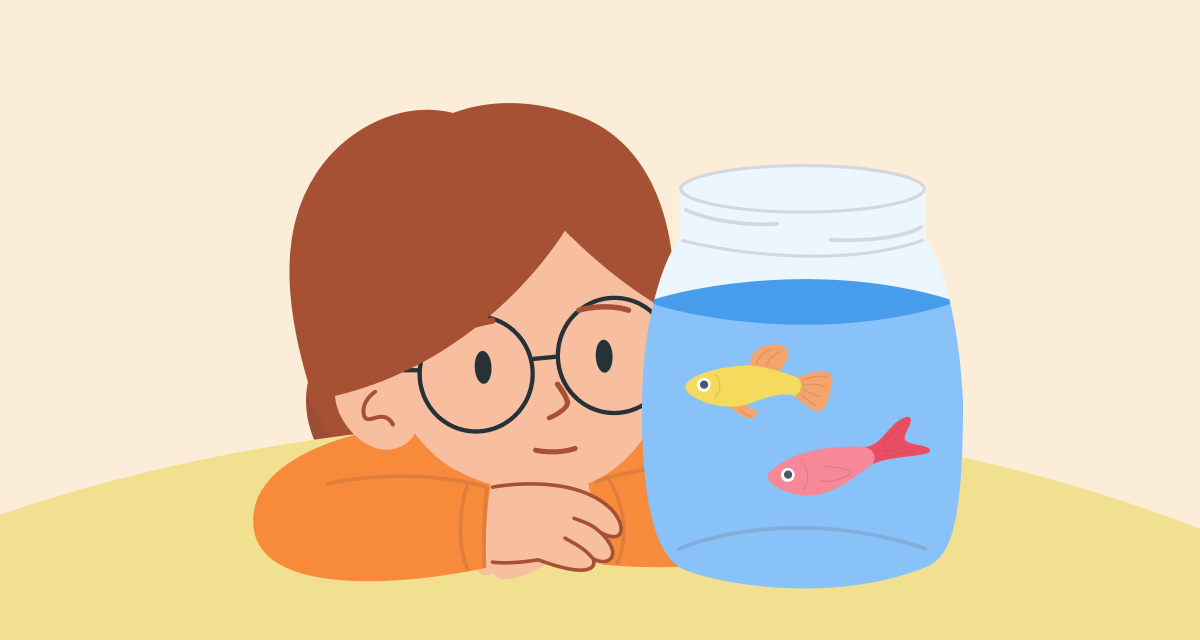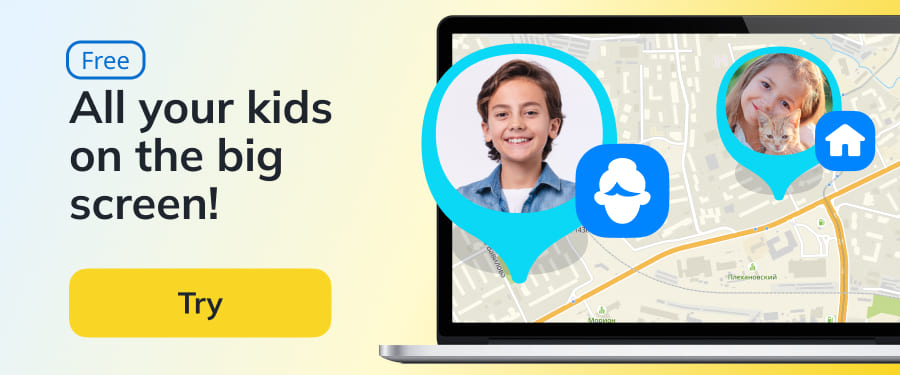Why Kids and Teens Need Downtime

Parents often feel uneasy when their child is just lying around or sitting with nothing to do. The thought kicks in: They should be doing something. But psychologists say that letting kids have downtime isn’t encouraging laziness. It’s a necessary pause that helps them grow and recharge.
Downtime Is Not the Same as Boredom
It’s important to know the difference between downtime and boredom, which are often confused.
Downtime is free time without tasks, schedules, or pressure. It’s a moment to be alone with yourself and rest.
Boredom, on the other hand, is that restless feeling when you want to do something but don’t know what.
In this article, we’re talking about downtime—the voluntary, calm, and valuable kind.
What Happens When a Child Has Nothing to Do
Time without goals or assignments isn’t wasted. It’s an important part of growing up. In these moments, kids learn to be with themselves, hear their own thoughts, and figure out what they want.
Here’s what downtime gives kids:
- Rest and reduced stress
Downtime helps the brain process the day, recharge, and regulate emotions — something that’s especially important for teens. - Creativity and inner motivation
When schedules have open space, ideas and dreams have room to appear. Studies highlight how important this space is for creativity and self-driven motivation. - Self-regulation
Unstructured time helps teens better understand themselves, set goals, and develop planning and decision-making skills. - Social and emotional skills
Free play without rules or adult direction is a form of downtime where the child decides what to do. Research shows that this is how kids learn to communicate, take initiative, and better understand their emotions.
Why Downtime Matters
Kids of different ages experience downtime differently, but both younger kids and teens need it, just for different reasons.
For ages 7–12, it’s especially important to try being independent. Free time helps them figure out how to plan their day, feel the passage of time, and make choices. This is when inner motivation starts to form—doing things not because someone told them to, but because they’re genuinely interested.
For ages 13–17, they need space where no one is judging or rushing them. Without schedules or outside pressure, they have a chance to hear themselves, rest, and recover.
Studies show that free hours, when a child chooses what to do, are directly linked to handling challenges, regulating emotions, understanding their feelings, and experiencing joy, interest, and satisfaction with themselves and life.
How Parents Can Support Healthy Downtime
It’s tempting to fill every day with useful activities. But sometimes the pauses in the schedule matter even more.
Here’s how you can support downtime:
- Leave gaps in the schedule. You don’t need to fill every day with classes or activities.
- Don’t rush to fill the time. Sometimes, simple presence and support are the best you can give.
- Trust them. Let your child choose how to spend their free time. Even if it seems like they’re “wasting it” — it can still be valuable.
- Talk about it. Explain that downtime isn’t laziness, but time for rest and inner growth.
Downtime is giving a child the quiet space from which ideas, self-confidence, and inner strength can grow. It’s not a step off the path—it’s part of the journey.
References:
- Boredom Gets a Bad Rap. But Science Says It Can Actually Be Good for Us, The Conversation — University of the Sunshine Coast, 2025
- Leisure time activities in adolescents predict problematic technology use, European Child & Adolescent Psychiatry, 2024
- The childhood benefits of adult-free play, Axios, 2024
- Advocating for Play: The Benefits of Unstructured Play in Public Schools, School Community Journal, 2020
Проверьте электронный ящик



















